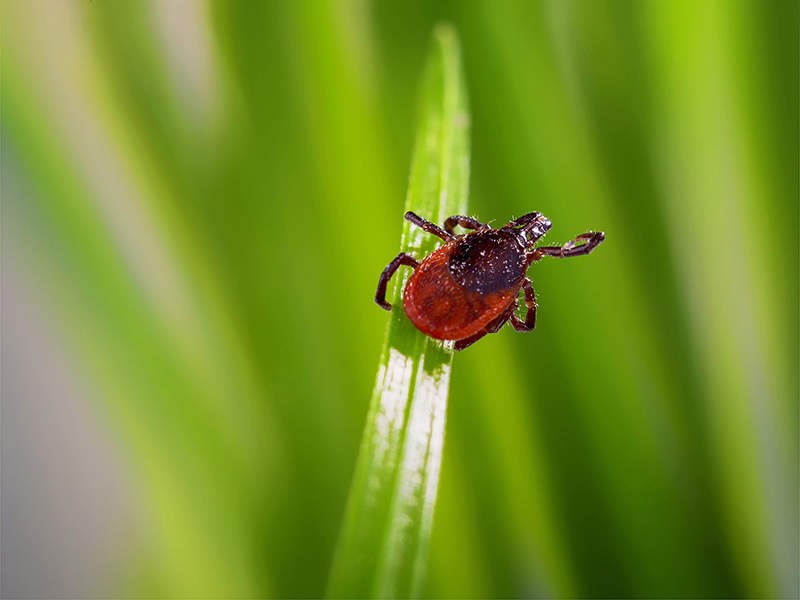You know who doesn't practice social distancing...
TICKS
During the pandemic, more people are out and about taking their dogs for hikes in the woods. Most people these days are used to practicing social distancing when in public. But ticks, on the other hand, are trying as hard as they can to get close to you and your pets! When you are out walking in forests, tall grasses, treed areas, or leaf litter (piles of leaves), ticks are sitting and waiting for you and your pets! They live in those environments and sit for hours on end waiting for vibrations in the ground or increases in carbon dioxide to tell them that a person or animal is approaching. Once you are in close range, they bite! Contrary to popular belief, ticks are actually MORE active in the fall than in the summer because they prefer to cooler fall whether over the hot, humid summer weather.
In Ontario we have a number of local endemic tick species. The biggest concern is with Ixodes scapularis, the Deer Tick (Blacklegged Tick), which transmits Lyme Disease. Lyme Disease affects both people and dogs. In dogs it can cause joint pain, fever, and kidney disease. A Deer Tick must bite and remain attached for approximately 24-48 hours in order to transmit Lyme Disease
Is your pet on a monthly tick preventative?
The best defense against ticks and Lyme Disease is a parasite preventative administered during the spring, summer, and fall as well as regular tick-checks of your dog. Tick prevention for dogs comes in a variety of oral and topical products. Tick checks involve carefully combing through your dog’s fur while looking and feeling for any bumps. Ticks commonly attach and feed around the face, armpits, and between the toes, but can also be found elsewhere on the body. Nymphs may be as small as a sesame seed, while adult ticks that have been feeding for a while can be as big as a blueberry! When you find a tick, carefully remove it with a tick-remover or a pair of tweezers. Make sure you remove the head as well to prevent the area from developing an infection from a retained head.
There are also tick preventatives for cats. While cats are not as prone to Lyme disease as humans and dogs, if your cat is active in the fall, they may bring home unwanted parasites to your home. If your cat goes outdoors this time of year, please consider putting them on a tick preventative. Please note that some tick medications for dogs are highly toxic to cats. Only use prescription cat-safe tick prevention medication on your cats!
